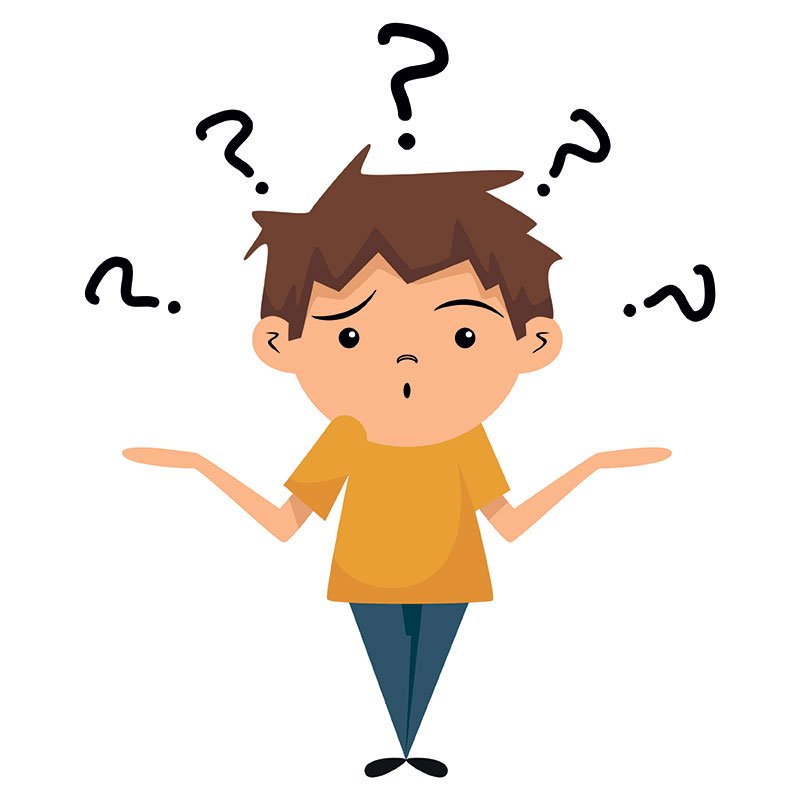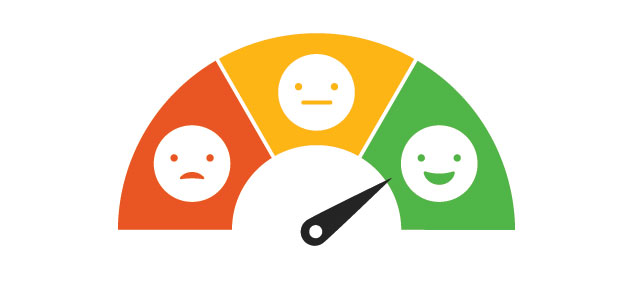Customer churn, also known as customer attrition, customer turnover or customer defection, refers to the loss of customers, clients, users or subscribers from your business.
Customer attrition is split into two: voluntary and involuntary churn. Voluntary churn describes customers who have ended their relationship with you of their own accord, for example by not renewing a contract, ending a membership, cancelling a subscription, stopping recurring Direct Debit payments, closing an account or even by deciding to shop elsewhere for their weekly groceries.
Involuntary churn describes those customers who no longer have a relationship with your business due to circumstances such as death, relocation to a long-term care facility due to illness or age, or relocation to a distant country which your company doesn’t operate in.
Although involuntary churn is important to consider, this article will focus on voluntary churn. Voluntary customer churn is impacted by your company’s operations, such as customer service, and so can be managed and targeted with improvement strategies.
What Is Customer Churn?
 Every business, no matter the size, will experience customer attrition. It’s only natural for customers to come and go. Some customers will remain loyal for many years, while others prefer to chop and change suppliers or providers on a regular basis.
Every business, no matter the size, will experience customer attrition. It’s only natural for customers to come and go. Some customers will remain loyal for many years, while others prefer to chop and change suppliers or providers on a regular basis.
The ideal for your business is to keep customers for as long as possible. Retaining existing customers costs far less than acquiring new ones. Therefore, understanding and managing your business’ customer churn is important to boost your profitability.
Measuring Customer Churn
Customer churn isn’t a metaphorical term that is subjective and hard to quantify. It can be measured and given a tangible figure that can be tracked and monitored.
Calculate your customer churn rate using this formula:
Churn rate equals the number of customers lost in a specific time period divided by the number of customers at the beginning of that time period, multiplied by 100 to find the percentage.
So, if your business has 10,000 customers at the start of Q1 and you lose 500 customers in that same period, your churn rate would be 5%. This figure might not seem high, however if added up over a year, your churn rate would be 20%, or 2,000 customers lost annually.
If you know that each new customer costs you £10 in marketing, then to acquire 2,000 new customers to replace the ones you’ve lost, would cost £20,000.
You can also work out the value of recurring business lost. If the average sales you make from each customer is £300, then following the example above, in a year you would have lost £600,000 in potential sales (2,000 lost customers x £300).
It’s also worth noting that returning customers are more likely to spend more money with your business, with some research suggesting up to 67% more. Therefore, £300 could become around £500 per customer, or more than £1million in lost income from 2,000 churned customers.
Churn rate data can be measured regularly with goals set against it. This enables you to evaluate at a glance if your customer churn rate is improving, plateauing or getting worse.
Why Do Customers Leave?
 Before you can improve your churn rate, the first step is to identify why customers are leaving your business. This insight will then help you to implement strategies to improve in those specific areas.
Before you can improve your churn rate, the first step is to identify why customers are leaving your business. This insight will then help you to implement strategies to improve in those specific areas.
You can use surveys and exit interviews to determine at what point in a customer’s journey or lifetime they end their relationship.
Churn could originate from a number of places, for example:
- overly complicated onboarding process
- difficulty renewing contracts
- failure to provide the service the customer expects
- poor quality product
- inefficient customer service
- price not considered as value-for-money
Identifying where churn occurs can also be supplemented with research into your most loyal customers. For example, analyse: Who are your most successful customers and what do they have in common? What are you doing that delights customers?
Once armed with this knowledge, you can assess patterns and bottlenecks to then focus on priority areas that will help to rapidly reduce your churn rate.
How Can A Business Reduce Its Customer Churn Rate?
There are a few ways that businesses can reduce their customer turnover. Depending on what your analysis shows, you should pick tactics relevant to your business. These can include:
– Make a great first impression
First impressions count. Ensure your virtual ‘shop window’, and any physical stores, look the best that they can and are as accessible and easy-to-use as possible.
Convoluted websites, out-of-date social media channels or untidy offices don’t prompt new business or retain existing customers.
– Exceed customers’ expectations wherever possible
Continually consider ways that you can go above and beyond to delight your customers. Failing to deliver is the quickest way to wave goodbye to a customer.
However, if you’re not only delivering on promises but also exceeding them then your customer is more likely to remain loyal and spend more with you.
– Focus on the customers you want to keep
 Rather than attempting to please every customer, focus on the ones that you really want to retain. It’s impossible to keep everyone happy, and you need to consider profitability.
Rather than attempting to please every customer, focus on the ones that you really want to retain. It’s impossible to keep everyone happy, and you need to consider profitability.
Narrow down your attention to the customers that have a stronger commitment and loyalty to your brand, for example by personalising communications to them or offering exclusive incentives to those who spend the most.
– Communicate proactively
Many organisations never proactively communicate with their customers. They will wait for a customer to contact them, and it’s often when they’re unhappy or there is an issue.
Being proactive could include offering live chat on your website with a pop up that asks ‘Can I help?’ after a user has spent a certain amount of time on a specific page. Or it could include email communications with helpful, valuable or entertaining content.
– Offer exceptional customer service
Customer service is critical to get right. If a customer contacts your business for any reason, they expect a high quality of service. If this is lacking, a customer will go elsewhere.
Competition is fierce and customers no longer have to stay with one business for a lifetime, they can switch quickly and effortlessly.
– Improve your onboarding process
If your service or product is technical or involves a large amount of learning time, then ensure your onboarding process is thorough and straightforward. The more you educate your customers on the value they can get from your service or product, the more they’ll use it.
This will lead to higher retention rates because the customer is happy and comfortable using your product or service, rather than confused and frustrated.
– Offer free trials and incentives
Loyal customers will appreciate your business taking the time to acknowledge their custom with incentives such as promotions, discounts, freebies and offers. These could take the form of a points accrual system, or one-off discounts on new product launches.
Customers who are satisfied with one product or service might also be ready to upgrade or try out new products and services. Boost your relationship with them – and potentially increase their spending – by offering free trials of premium products so they can test out new features.
– Create a community
 Give avid, passionate customers a place where they can get together and hang out. This can take the form of a blog or area of your website for customer photos. It could also be a physical meetup or a members’ club which distributes exclusive content or experiences.
Give avid, passionate customers a place where they can get together and hang out. This can take the form of a blog or area of your website for customer photos. It could also be a physical meetup or a members’ club which distributes exclusive content or experiences.
By nurturing this community, your business will strengthen ties with your top tier customers and create an engaged and active brand following.
– Ask for feedback
Regularly asking customers for feedback should be part of your strategy to improve churn rate. Understanding any customer frustrations early on, and as specifically as possible, will enable you to quickly nip any potential churn issues in the bud before they bloom into mass customer exits.
Feedback could take the shape of surveys and feedback forms conducted over the phone, via a letter or online. For example, by sending an email a day after an event asking if the customer enjoyed it and if they could rate it.
– Evolve to stay competitive
One of the biggest customer churn culprits is when a business stagnates. Technology is constantly evolving and markets are forever changing. If your business offering doesn’t keep up with what your customers want then they will switch to a competitor who does.
Staying on top of the latest trends, technology, product enhancements and new services will mean you can offer products and services that are relevant. Therefore, you’ll retain customers for longer because you’re shifting with their needs and demands.
Ease the Churn to Boost Your Business
 Whether your company is large or small, and whether it operates by taking recurring Direct Debits for a subscription or sells niche one-off products, there are many strategies you can implement to reduce customer defection.
Whether your company is large or small, and whether it operates by taking recurring Direct Debits for a subscription or sells niche one-off products, there are many strategies you can implement to reduce customer defection.
Boost your business today by calculating your churn rate, identifying where the churn originates and putting strategies in place to address these issues. Then set goals so that you can track your progress and measure your increased profitability.












